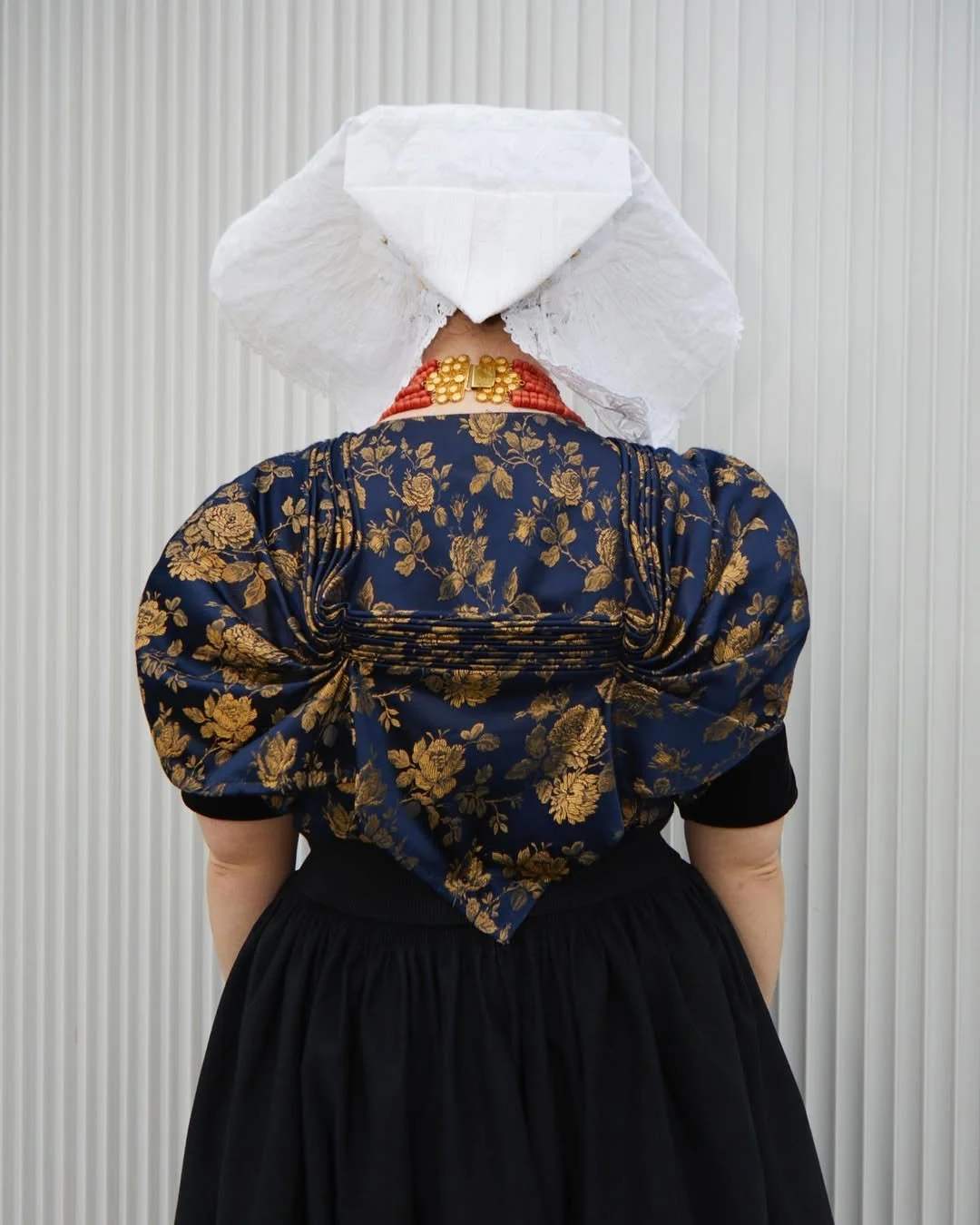A Guide to Skin Tightening Procedures
IN THIS ARTICLE
Good day to you, fellow knowledge seekers. In this digital era, where misinformation spreads like wildfire, it's absolutely crucial to ensure you're receiving authentic and reliable information. We're not here to spread fear about the natural aging process, but rather to equip you with knowledge and help you embrace the journey. Our aim is to arm you with the right tools so you are not easily swayed by misinformation.
If you're here, perhaps you've begun to notice subtle changes in your face, the beginning signs of aging that often coincide with thinning hair.
Speaking of hair thinning, I'd like to take a quick detour and discuss Nutrafol. I'm nearly 40 and have witnessed significant hair thinning, something Nutrafol's vegan line has helped me combat. I took four capsules daily and noticed considerable improvements in my hair growth within three months. These capsules are loaded with vitamins A, C, D, E, and Zinc, as well as ashwagandha extract to aid with hair thinning, and are conveniently biotin-free.
Now, let's shift our focus back to sagging skin, a topic that has been plagued with numerous unsubstantiated claims from the beauty industry. To effectively combat sagging, it's vital to understand its root causes. The aging process affects multiple layers of our facial structure, just like a couch wearing out over time. The three key components we're dealing with here are bones, muscles, and skin.
As we age, our facial bone structure changes - something the beauty industry rarely acknowledges because it's not something they can easily fix. Our eyes, cheekbones, and jawline all undergo transformations that can lead to a sagging appearance. To put it simply, our facial structure starts to resemble a melting wax figure. But don't despair - this is a natural process, a part of life's journey we should embrace rather than fear.
Some people might suggest facial implants as a solution; however, I am not a proponent of this approach. Implants are static, inflexible structures applied to a constantly changing base - our bones. The mismatch can lead to odd facial proportions over time, as the implant remains the same size while the underlying bone recedes.
Understanding Fillers: More than Skin Hydrators
Instead, I recommend certain types of facial fillers, such as Radiesse, which can enhance your bone structure's appearance. A firm filler composed of a calcium derivative, Radiesse cannot be metabolized or broken down as quickly as hyaluronic acid fillers. It provides a more solid appearance but, vitally, is not permanent, allowing for adaptations as your face naturally changes.
Next, let's consider the 'stuffing' of the face: the muscles, fat, and collagen. Aging causes these elements to thin, leading to sagging. Here, biostimulatory fillers can be beneficial. Sculptra, for example, was initially designed for HIV patients who had lost facial fat, but it has been found to be valuable for anyone experiencing volume loss.
If Sculptra's investment of time and money is a deterrent, hyaluronic acid fillers are an alternative. Despite the misconception that these fillers result in a 'puffer fish' appearance, moderate use can lead to natural-looking enhancements. I can attest to this as a biannual user for the last few years. My focus is the cheekbones and under eyes, an area I've always felt self-conscious about, and I believe the results have been subtle yet effective.
Hyaluronic acid fillers come in various forms, with differing weight and cross-linking capabilities. Heavyweight ones like Voluma or Restylane contour are dense and can counter sagging by offering an illusion of lift. Medium-weight fillers, on the other hand, like Restylane with lidocaine, provide curvature to your face. Lightweight, superficial fillers like Bellatero and Skin Vive in the US, while marketed as skin hydrators, actually serve to provide a superficial tautness that creates an appearance of skin hydration.
Fat Transfers: A High-risk Game of Chance
If you have excess fat in other parts of your body, fat transfers are an option, though they can be expensive and provide unpredictable results. Only about 30 to 40 percent of transplanted fat grafts successfully, so the procedure should be done cautiously and gradually to avoid asymmetrical facial features.
Threads: An Unexpected Player in the Cosmetic World
Threads, though initially controversial, have found a place in the cosmetic world as collagen stimulators. These dissolvable sutures, composed of polylactic acid or polydioxanone, are implanted under the skin to hold up sagging areas. However, these are not a long-term solution, especially for those considering facelifts. Threads create harder collagen that can impede the surgeon's ability to perform a successful facelift.
Conquering Loss of Elasticity: A Look at Heat Treatments
Lastly, our skin naturally loses elasticity due to a variety of factors - emotion, sun exposure, smoking, and ageing. There are several treatments available to combat this. Ultrasound energy heat treatments such as Ultherapy can contract muscles and tighten skin. Radiofrequency heat treatments deliver heat without breaking the surface of your skin, and more recent advancements have combined microneedling with radiofrequency heat to break the skin surface while delivering heat underneath. However, it's crucial to use these treatments in moderation to avoid unwanted side effects like fat melting. Consistency should always be prioritized over intensity.
It's important to remember that any aesthetic procedure should be performed subtly yet consistently, as opposed to intense, sporadic treatments. Unlike skincare, which can be pursued more vigorously, procedures such as radiofrequency or ultrasound treatments, microneedling combined with radiofrequency, or standalone microneedling should be approached with measured and consistent moderation.
Microneedling: A Double-edged Sword
Microneedling alone, which involves making tiny wounds on the skin surface to stimulate natural healing and rejuvenation, can be effective. However, it also bears the risk of skin exhaustion and is not recommended for those prone to rosacea or skin redness as it breaks the skin barrier.
Microcoring: The Future or a False Dawn?
A newer treatment on the horizon is microcoring. This method, executed using a device known as Ellacore, may look daunting as it creates larger holes than microneedling, but smaller than macro-wounding. While the treatment looks promising, some alarming side effects such as scarring and keloids have been reported. Therefore, it may be wise to wait and observe its effectiveness and safety before considering it.
The Magic of Platelet-Rich Plasma (PRP) Therapy
Next, we have Platelet-Rich Plasma (PRP) therapy. PRP involves extracting your own blood, spinning it to separate the growth factor-rich plasma, and injecting it into the skin. PRP doesn't generate new tissues; rather, it firms up existing collagen, giving the skin a tighter, firmer appearance. This treatment is particularly effective for tightening the skin under the eyes.
The Impact and Risks of Peeling & Laser Treatments
Lastly, peeling and laser treatments can also boost the skin's superficial aspects. Procedures such as fraxel, phenol peels, or TCA peels can stimulate collagen production. However, these treatments often require more recovery time and carry a higher risk.
The Power of Consistent Skincare
Skincare, despite being a potent tool, will never tackle all aspects of your skin health independently, especially in terms of volume restoration. Keeping this in mind will lend clarity to your skincare goals. Skincare can, however, improve the appearance of your skin, making it look firmer and smoother. Retinols and certain types of peptides play a significant role here. I'll share links to articles detailing this, as delving into it here would be perhaps overwhelming. Consistency, rather than intensity, is the key when it comes to skincare. It's a long-term commitment and when adhered to regularly, the results can be gratifying.
The Role of Home Devices in Skincare
There are also home devices like the NuFace microcurrent device which can stimulate ATP in your cells, potentially boosting collagen and elastin production. However, it only works when used consistently. I must confess that mine's been gathering dust by my bedside. It's like a gym routine that you need to find time for. There are also LED devices like red light LED, which offer anti-inflammatory benefits over time, but require consistent use to see long-term differences. All LED devices aren't made equal, so choose wisely.
The Importance of Informed Decisions in Aesthetic Treatments
It's crucial for you to know what treatments you're opting for and why. It's disheartening when people are unaware of the effects of processes they've undergone at clinics. It's not fair to you, your hard-earned money, or frankly, to your face. I hope this article has been informative and empowering rather than discouraging. If you have queries, drop them below and I'll try to create more articles to guide you through this journey.
About the Author: Caolan
With over a decade of international experience, Caolan's passion lies in simplifying the complex. His innovative thinking and audience-first approach have made significant impacts across the creative industries. Now, as the founder of But More Importantly, he applies these talents to the world of cosmetics, aiming to unmask marketing hype and provide readers with the truth about beauty products. His mission: to help you make informed choices and discover what truly enhances your beauty routine.




















